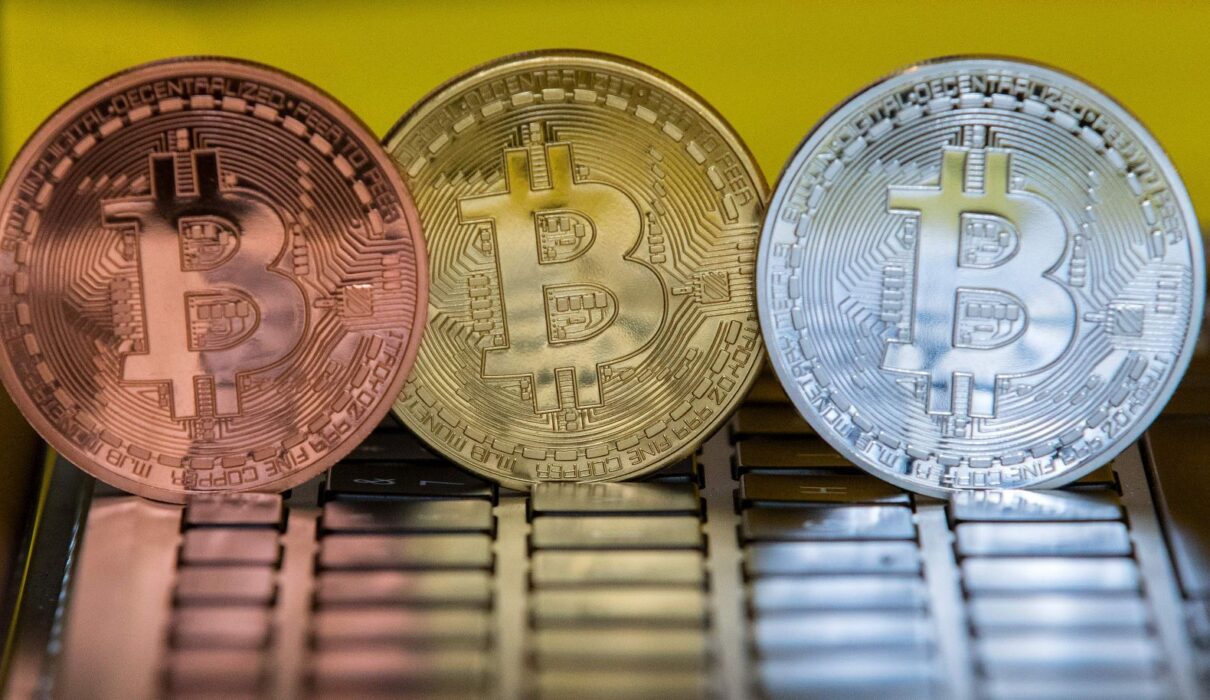Security Tokens: Real-World Applications
We’ve talked about utility tokens, governance tokens, and stablecoins. Now, let’s explore another important type: security tokens.
What Are Security Tokens?
Security tokens are digital versions of traditional assets like company stock, property, or bonds, but on a blockchain.
-
Regulated: Security tokens follow financial regulations.
-
Legal Rights: Investors receive ownership, dividends, and voting rights.
-
Bridge Between TradFi & Crypto: They connect traditional financial assets with blockchain’s efficiency.
Why Security Tokens Matter
-
Fractional Ownership: Own a portion of a large asset like real estate or art.
-
Improved Liquidity: Trade assets that are normally illiquid on tokenized exchanges.
-
Transparency & Trust: All transactions recorded on the blockchain.
Real-World Use Cases of Security Tokens
Security tokens unlock efficiencies, liquidity, and accessibility for investors and institutions.
1. Real Estate Tokenization
The Issue: Real estate is expensive, slow to sell, and hard to transfer.
The Fix: Tokenize property to allow fractional ownership. Each token represents a small piece of the asset, including rental income and voting rights.
Benefits:
-
Fractional Ownership: Buy a slice of a building for hundreds of dollars.
-
Increased Liquidity: Trade tokens faster than selling property.
-
Global Access: Investors from anywhere can participate.
-
Lower Costs: Blockchain automates transfers, reducing legal and brokerage fees.
Example: A Tokyo investor holds 0.001% of a New York property and receives rent in their digital wallet.
2. Company Equity & Private Shares
The Issue: Private company shares are usually restricted to wealthy investors. Stock options are difficult to sell before exit events.
The Fix: Issue security tokens representing company equity, providing dividends, voting rights, and asset ownership.
Benefits:
-
Broader Investor Access: More people can invest in private companies.
-
Employee Liquidity: Sell shares without waiting for IPOs.
-
Easier Global Capital Raising: Security token offerings (STOs) simplify fundraising.
-
Automatic Governance: Blockchain manages voting and dividends.
Example: A tech startup issues security tokens for equity, letting employees sell some shares on a blockchain exchange.
3. Alternative Assets (Art, Collectibles, Luxury Goods)
The Issue: Rare art, collectibles, and luxury goods are costly, hard to divide, and illiquid.
The Fix: Tokenize these items for shared ownership and easy trading.
Benefits:
-
Shared Ownership: Multiple investors can own part of a high-value item.
-
Portfolio Diversification: Hold small portions of multiple assets.
-
Larger Market: Open investment to global small investors.
-
Transparent Records: Blockchain reduces fraud.
Example: A group of collectors owns a Picasso via tokens, each receiving a share of proceeds if sold.
4. Funds & Debt Instruments
The Issue: Private equity, hedge funds, and bonds require high investment and slow processes.
The Fix: Tokenize funds and debt for fractional investing and automated compliance.
Benefits:
-
Easier Fund Access: Small investors participate in previously exclusive funds.
-
Automated Reporting: Investor checks and capital calls are simplified.
-
Faster Debt Markets: Tokenized bonds settle quickly, saving time and costs.
-
Real-Time Transparency: Track investments and ownership on blockchain.
Example: A startup fund allows smaller investors to participate via tokenized shares, and a company sells bonds as tokens for faster settlements.
Key Takeaways
Security tokens combine blockchain efficiency with regulatory compliance, transforming ownership, investment, and capital formation.
-
Enable fractional ownership across multiple asset classes.
-
Improve liquidity and transparency.
-
Open global access for investors and markets.
Stay tuned for our next section: “The Future of Tokenomics: What’s Next?”

